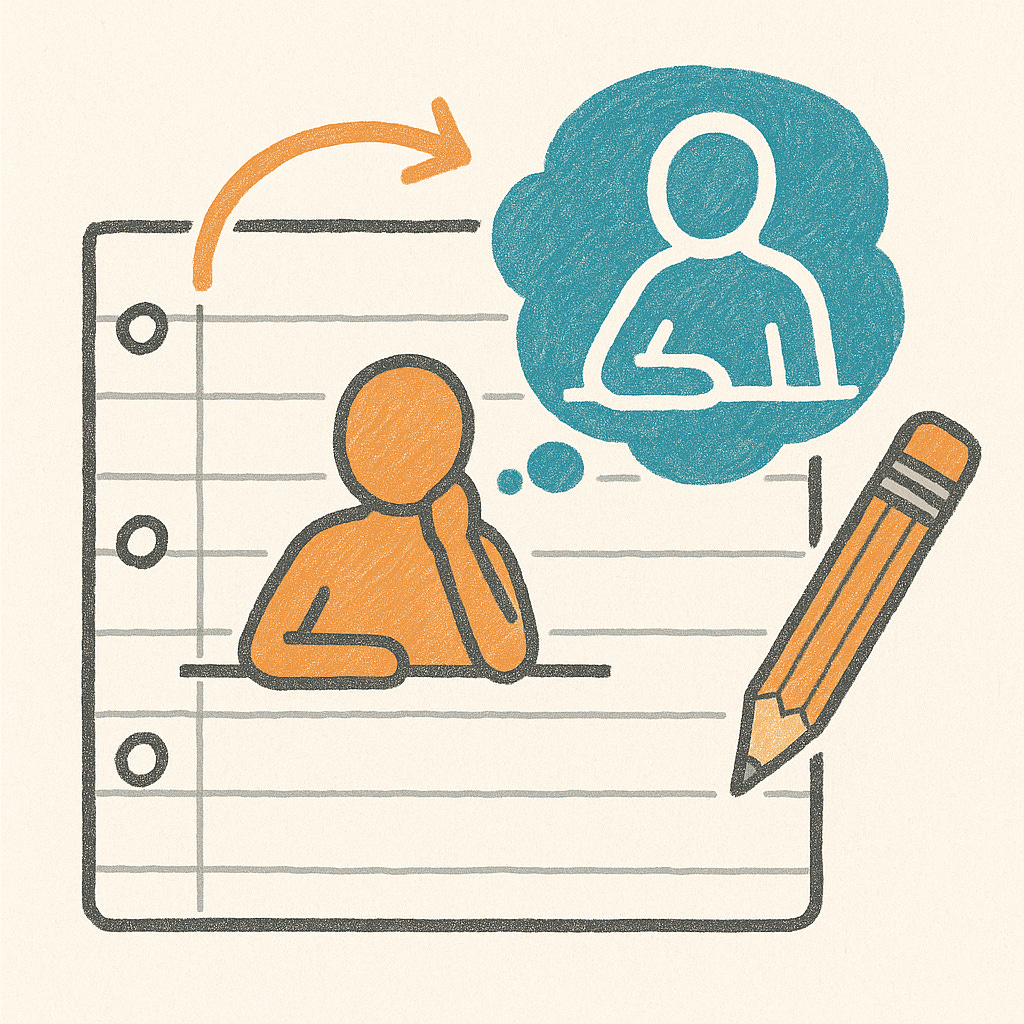The Power of Looking Back: Why Reflection Matters in Education
As the academic year winds down, it’s tempting to shift straight into holiday mode. After all, there are grades to finalise, classroom walls to clear, and students to farewell. But before we rush ahead, there’s an essential habit worth carving out time for: reflection.
Reflection—both for teachers and students—isn’t an optional extra. It’s a habit that drives meaningful learning, sustainable teaching, and stronger outcomes year after year. In inquiry-based classrooms especially, reflection helps us anchor growth, recognise patterns, and make more informed decisions for the future.
Why Reflect?
To identify what worked
Not every lesson lands. Reflection helps us pinpoint which strategies engaged students and why.To improve future planning
Lessons learned now can shape better scaffolding, sequencing, and pacing next time around.To model metacognition
When educators reflect aloud and ask students to do the same, it fosters a growth mindset culture.To acknowledge growth
Looking back reveals just how far students—and we—have come. That deserves recognition.
Below are two practical tools you can implement right away: one for teacher reflection, and one for student reflection in the final days of class.
Tool 1: Teacher Reflection Snapshot
Use this quick template after teaching a unit or at the end of the year to capture key insights. Simply copy and paste this into google docs or a word processor of your choosing.
1. What went well?
Which lessons or activities were most engaging?
Did assessments accurately reflect learning?
What routines or strategies supported success?
2. What were the challenges?
Where did students struggle, and why?
What didn’t go to plan?
Were there classroom management issues?
3. What surprised me?
Any unexpected student responses or ideas?
Changes in engagement I didn’t anticipate?
4. What will I do differently next time?
Pacing, scaffolding, or differentiation?
Sequence of content or assessment design?
5. What evidence supports this reflection?
Samples of student work
Assessment results
Observational notes
Feedback from students
Tip: Keep these notes organised by unit in your planning files to revisit before next year.
Tool 2: Student End-of-Year Reflection Prompts
Invite students to reflect on their own learning journey with these short but powerful prompts.
You can adapt them by year level or subject, or turn them into written journals, slide presentations, or audio recordings.
1. One thing I’m proud of this year is...
2. A challenge I overcame was...
3. The most interesting thing I learned was...
4. Something I would do differently next time is...
5. One goal I have for next year is...
6. A classmate or teacher who helped me this year was...
7. I want my next teacher to know that I...
Encourage students to keep a copy of their reflections to revisit at the start of the next year—it’s a great way to anchor continuity in learning.
Reflection as an Ongoing Practice
Reflection doesn’t need to be lengthy or polished. It simply needs to be honest, intentional, and captured somewhere. Whether it’s scribbled in a notebook or formalised in a shared drive, those small moments of review can translate into meaningful growth—for educators and for learners.
As we close one chapter and look ahead to the next, let’s make time to pause, process, and prepare. The best classrooms aren’t perfect—they’re reflective.
I don’t charge for the use of materials on my substack page, but I do offer subscriptions where you can get a free copy of my book. If you have found the content useful, you can help me out by taking out a paid subscription. If not, no worries, just share where you got these freebies from.



